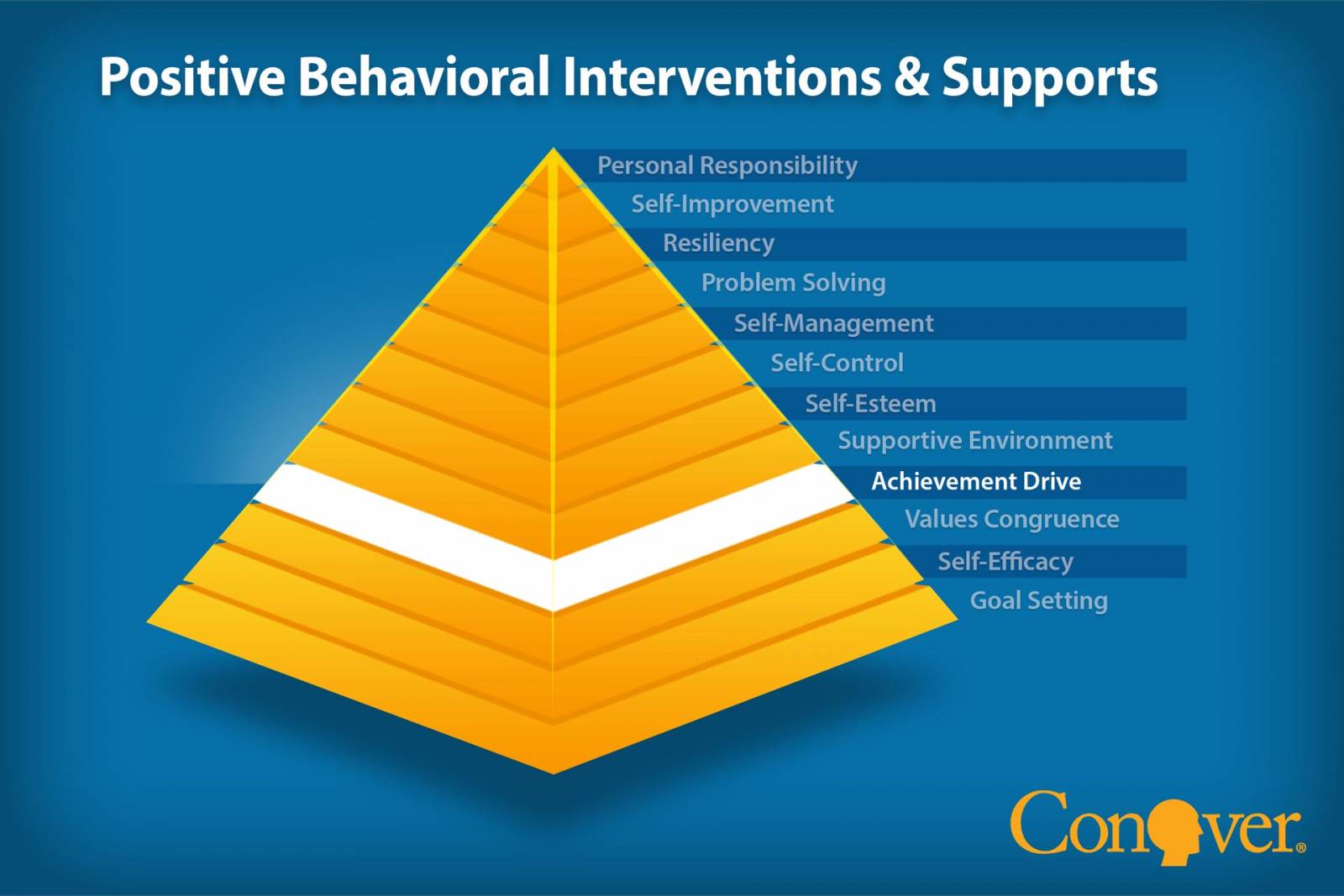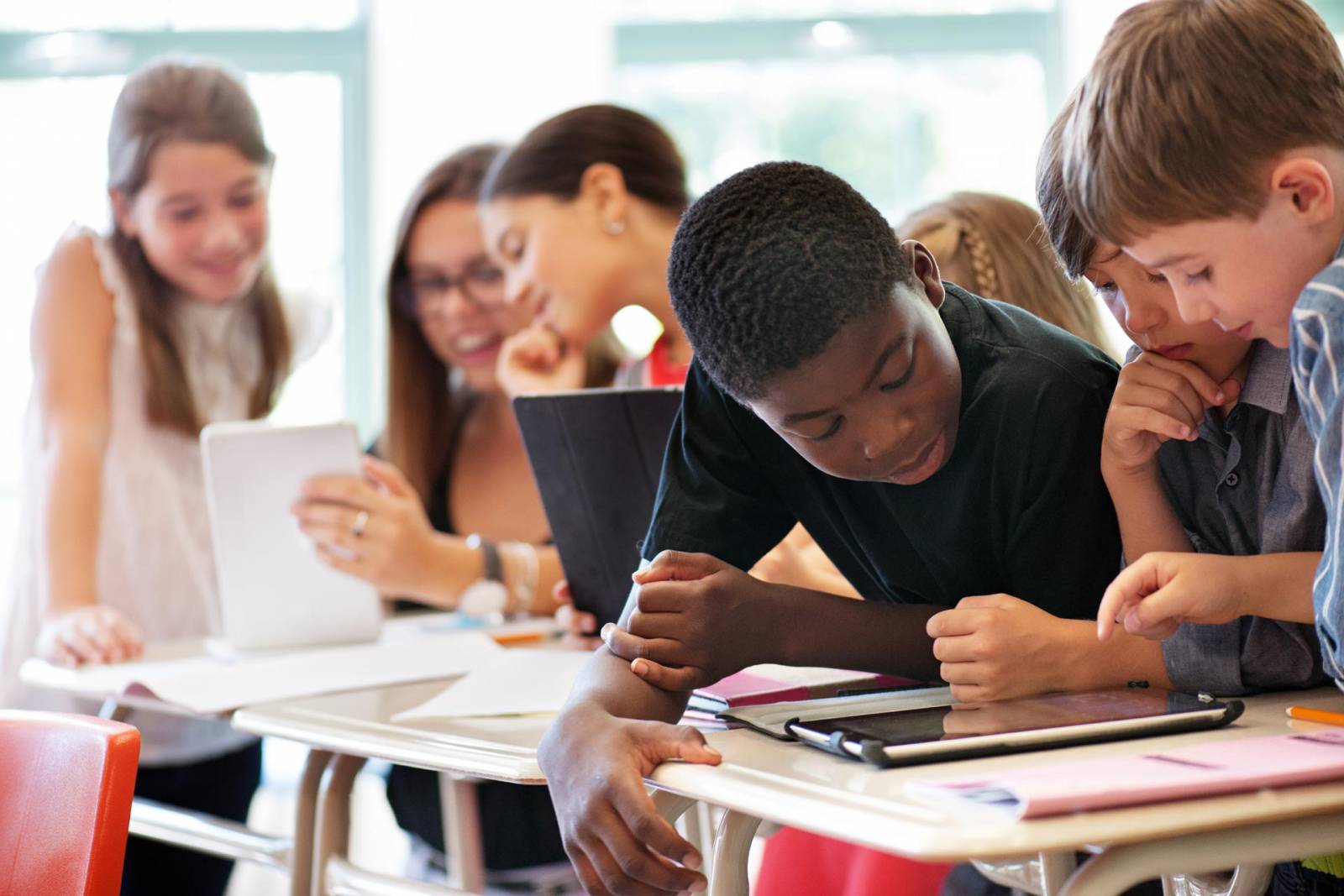
What is Achievement Drive?
Achievement Drive is the fourth scale of our Personal Responsibility Map, which is the core assessment in our Personal Responsibility program which focuses on academic and career goals achievement. You may be asking, what exactly is Achievement Drive? Achievement Drive is the level of desire, effort, and commitment put towards individual goals. As you can see, there are four major parts to this definition of Achievement Drive: desire, effort, commitment, and goals. Let’s take a look at them in more detail.
Desire, Effort, Commitment and Goals.
Within the context of goal achievement, a desire is a hope or a wish to achieve something. When desire becomes strong enough, it turns into a goal. This goal is a target or end result at which to aim. Effort is the action needed to get something that you desire. Effort is required in order to achieve a goal! Commitment is a deeply held belief that once you have accepted a challenge or set a goal it is your duty to work towards accomplishing it until you are successful.

Putting all four of these words into action builds the definition of Achievement Drive. Desire is something for which you wish or work for. Your goals are the map that you use to achieve what you desire. Effort is the amount of energy you use to achieve your desire and commitment helps you continue your efforts to achieve what you desire.
PBIS and Achievement Drive

Positive Behavioral Interventions and Supports (PBIS) is a term that describes the proactive approach of establishing behavioral supports so that students can achieve social, emotional, and academic success. This definition blends the worlds of behavior intervention and academic instruction. In the PBIS model, helping students learn how to set and achieve behavior-related goals is a core competency. Teaching them how to set goals and stay driven to achieve them is a key aspect of this model. Without the ability to see a reason to learn through goal setting, educators end up using decades-old methods to get their students to learn.
“Because I Said So”

Perhaps the most popular method of attempting to get students to learn is the “Because-I-Said-So” method. It worked in the past, so why wouldn’t it work now? However with this generation of stimulus/response students, it simply does NOT work. So how do we get students motivated to learn and achieve? Teach them how to set and achieve THEIR goals, not yours.
If you want to see how our Personal Responsibility Map can assess your students level of Achievement Drive click on the free trail link below.
